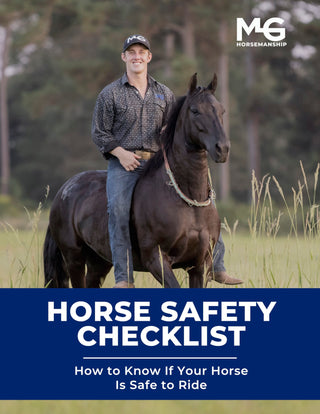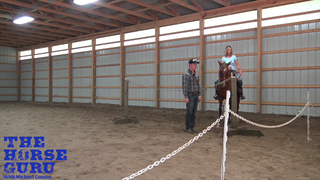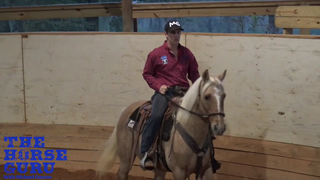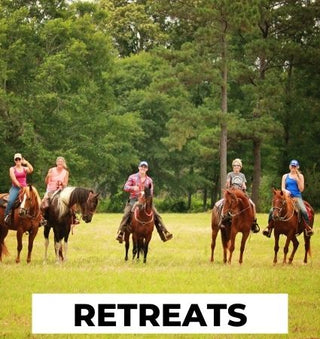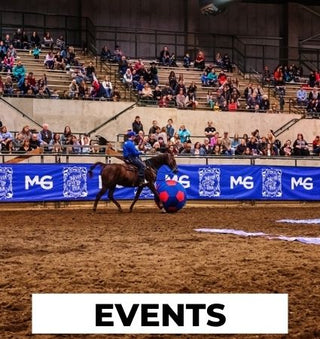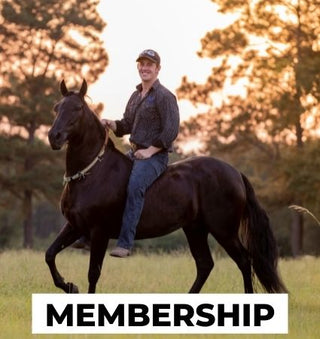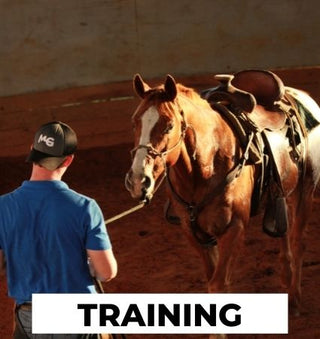Watch the Video Here or continue reading below
Transporting your horse safely is a crucial aspect of horse ownership and training. Properly tying your horse in a trailer ensures their safety and reduces the risk of accidents during travel. In this guide, we’ll walk you through the best practices for tying your horse in a trailer, ensuring both convenience and safety.
Why Proper Tying Matters
Tying your horse correctly in a trailer minimizes the chances of injury, prevents the horse from becoming loose, and ensures a calm and controlled environment during transport. Let’s dive into the specifics.
Key Principles for Tying Your Horse
1. Tie at the Correct Height
Always tie your horse at least as high as their withers. This helps prevent them from lowering their head too much, which could lead to tangling or pulling against the tie.
Pro Tip: Use the highest ring available in the trailer, or attach a rope at an appropriate height if the rings are inconveniently placed.
2. Use a Quick-Release Knot
A quick-release knot is essential for safety. This knot allows you to release your horse quickly in case of an emergency. Follow these steps to tie a quick-release knot:
-
Create a loop ("rabbit ear") with the lead rope.
-
Thread the loop through the tie ring.
-
Wrap the slack of the rope under and over the main line.
-
Pull the loop snug while ensuring you can easily release it by pulling the free end.
This method ensures the rope doesn’t bind or get stuck, no matter how much pressure the horse applies.
3. Dealing with High Rings
If the trailer rings are too high to reach comfortably:
-
Attach a spare rope to the ring at the desired height.
-
Secure the rope using a simple knot.
-
Tie the lead rope to this rope, creating a more accessible tie point.
This approach is especially helpful for vertically challenged individuals or when manufacturers place rings in less-than-ideal locations.
Avoid Common Mistakes
1. Using Fragile Clips or Snaps
Pre-made clips and snaps are convenient but often unreliable. They’re prone to breaking under pressure. Instead, rely on a sturdy lead rope tied directly to the ring.
2. Tying a Horse That Doesn’t Know How to Tie
If your horse isn’t trained to tie securely outside, don’t attempt to tie them inside a trailer. In such cases, transport them untied in a stock-style trailer where they can move freely but safely.
Step-by-Step Recap: Quick-Release Knot
-
Create a "rabbit ear" loop with your lead rope.
-
Thread the loop through the ring.
-
Wrap the slack:
-
Go under the main line once.
-
Go over the main line.
-
-
Pull the loop snug but ensure the free end can release the knot easily.
This technique works for rings, bars, or other secure tie points and ensures you can untie your horse swiftly when needed.
Conclusion
Tying your horse correctly in a trailer is a simple but essential skill. Always prioritize safety by tying at the correct height, using a quick-release knot, and avoiding unreliable clips or snaps. With these tips, you can ensure your horse’s comfort and safety during travel.
Thank you for reading! If you found this guide helpful, share it with fellow horse owners and trainers. Happy trails!
Get 30-day horse training for FREE—join the Horse Help Challenge now HERE!



